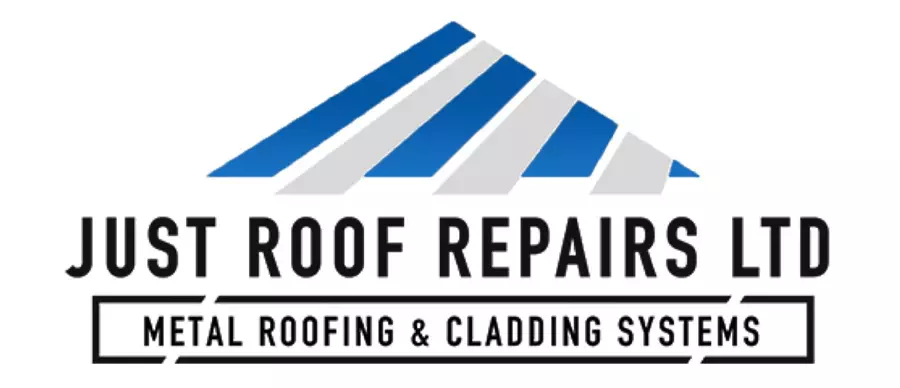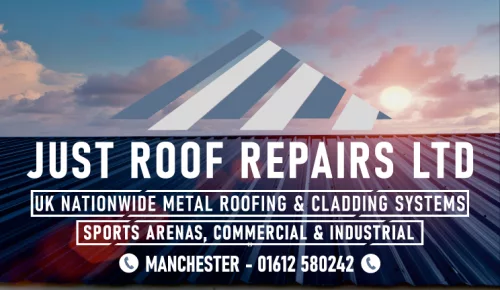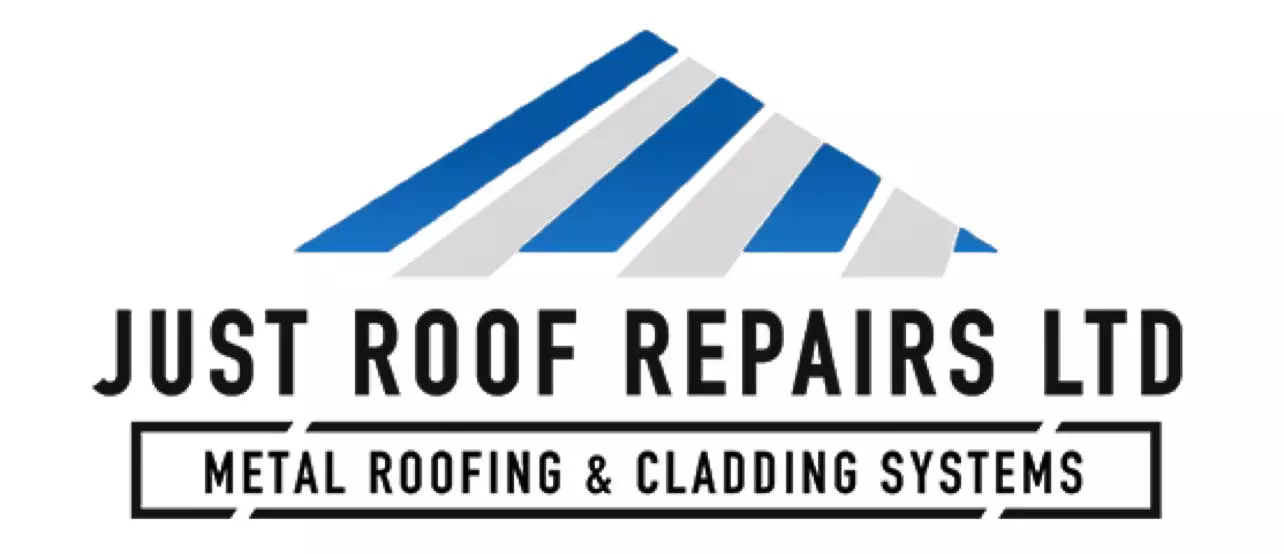When choosing a roof for your commercial building, deciding between flat and pitched roofs is a crucial decision. Both types come with their own set of benefits and drawbacks that can greatly affect your building’s functionality and costs. Understanding these differences is key to making an informed choice. Should you prioritise immediate savings or long-term efficiency? Let’s take a look at the main features of both roof styles to help you determine which might be the best fit for your needs.
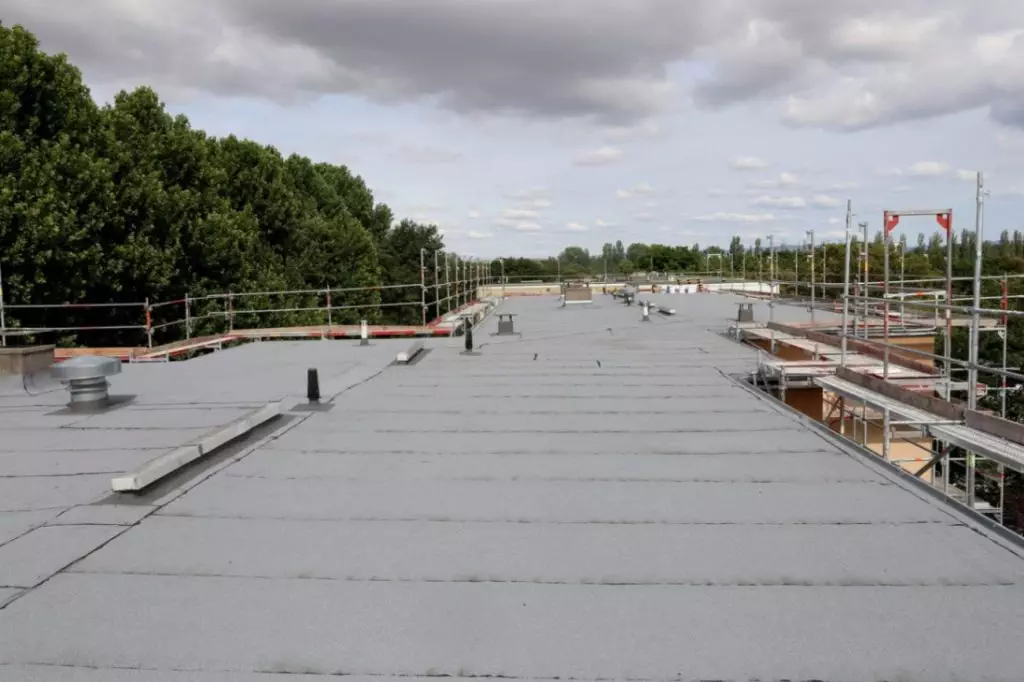
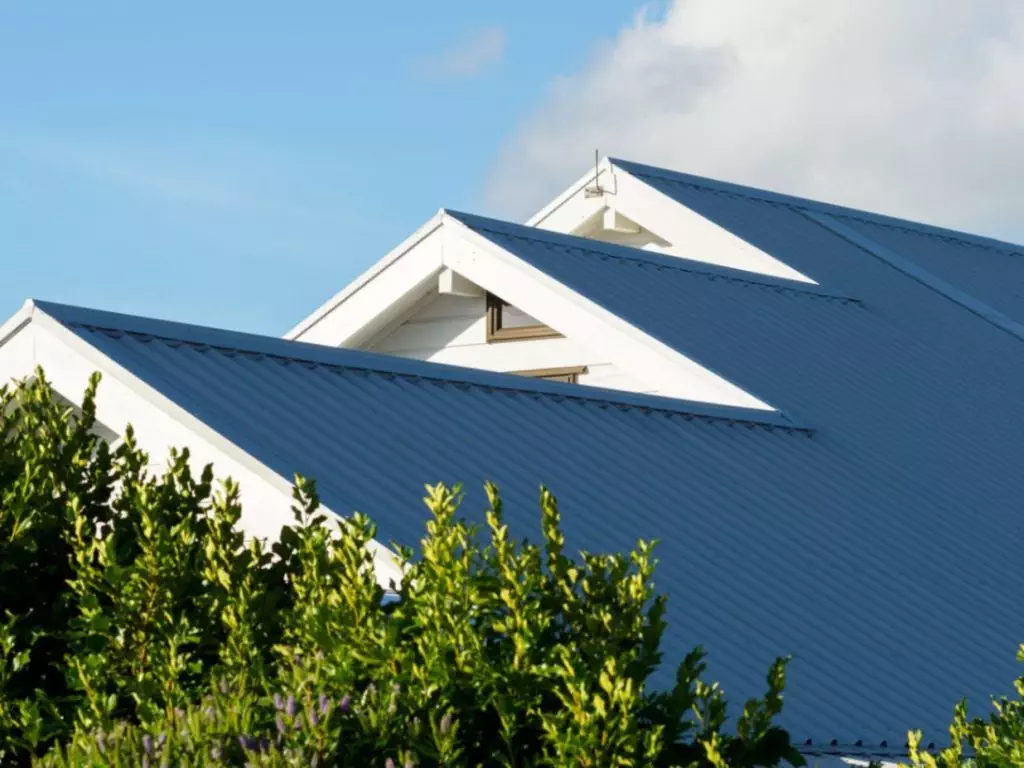
Key Takeaways
- Flat roofs are cost-effective initially but may incur higher long-term maintenance and repair costs due to more frequent issues.
- Pitched roofs offer better water drainage and reduce the risk of leaks, improving durability and longevity.
- Flat roofs offer more space options, such as gardens and solar panels, while pitched roofs provide aesthetic appeal and design flexibility.
- Maintenance access is easier with flat roofs, but pitched roofs can require more complex repairs due to access challenges.
- Flat roofs are ideal for modern designs, while pitched roofs suit traditional aesthetics and offer improved energy efficiency.
Overview of Flat Roofs
Flat roofs have become a popular choice for commercial buildings because of their unique advantages and functional design. One of their standout features is the versatility they offer, especially when it comes to insulation options. Various types of insulation, such as rigid foam, spray foam, or built-up insulation, can be used to boost energy efficiency.
In terms of materials, flat roofs can be built using thermoplastic membranes, EPDM rubber, or traditional bitumen. Each of these materials offers durability and is relatively easy to maintain. This flexibility makes flat roofs a smart investment for commercial properties, particularly in urban areas where space is limited.
Overview of Pitched Roofs
While flat roofs are a great option for urban environments, pitched roofs provide a strong alternative for commercial buildings. Their sloped design enhances water drainage, reducing the risk of leaks. Pitched roofs also come in a variety of styles, from traditional gables to modern asymmetric shapes, offering plenty of design flexibility.
Pitched roofs also help with ventilation, which can improve indoor air quality. Durable materials like metal, asphalt shingles, and tiles are commonly used for pitched roofs, and each has its own benefits. This flexibility helps increase the building’s longevity while also improving its energy efficiency. Ultimately, pitched roofs offer a combination of functionality and aesthetic appeal.
Advantages of Flat Roofs
Flat roofs offer several benefits that make them an appealing choice for commercial buildings. They are typically more cost-effective to construct, saving on both materials and labour.
Cost-Effective Construction
Opting for a flat roof often reduces construction costs. Flat roofs require fewer materials and less labour, making the process more efficient and affordable. With their simple design and minimal structural support, flat roofs streamline your project and help you stick to your budget. The lower installation costs can free up resources for other areas of your development, making it a financially strategic choice.
Easy Maintenance Access
Another advantage of flat roofs is that they provide easy access for maintenance. The flat surface makes it simple to reach important components like HVAC systems, ventilation units, and drainage systems, allowing for quick and efficient maintenance. This ease of access reduces downtime and ensures that any issues are addressed promptly. Additionally, safety features such as guardrails and non-slip surfaces can be added to make rooftop maintenance safer for workers.
Space Utilisation Opportunities
Flat roofs also offer fantastic space utilisation opportunities. Because of their design, you can turn the rooftop into usable space, whether that’s for a garden, solar panels, or additional storage. Flat roofs make it easier to expand vertically, enabling you to add extra floors or structures without the challenges that come with pitched roofs. This flexibility not only makes the most of your building’s space but can also increase its overall value.
Disadvantages of Flat Roofs
While flat roofs have many advantages, they also come with some challenges that can affect the building’s longevity.
Water Drainage Issues
Flat roofs often struggle with water drainage. Without the slope of a pitched roof, water can pool on the surface, leading to leaks and potential structural damage. To prevent this, it’s essential to install a robust drainage system, such as internal drains, scuppers, or tapered insulation. Even with these measures, flat roofs can still face issues during heavy rainfall, so regular maintenance is important to ensure the roof remains in good condition.
Limited Lifespan Concerns
The lack of slope on flat roofs can also shorten their lifespan. Water pooling can accelerate wear and tear, leading to more frequent repairs or replacements. Despite advancements in roofing materials, flat roofs tend to require more maintenance than pitched roofs. Exposure to UV rays, extreme temperatures, and moisture can degrade materials faster, making it crucial to regularly inspect and maintain flat roofs to extend their lifespan.
Advantages of Pitched Roofs
Pitched roofs offer several key benefits that can enhance both the function and look of your commercial building.
Design Flexibility
Pitched roofs provide greater design flexibility. From traditional gables to modern asymmetric shapes, pitched roofs can add visual appeal to your building. The ability to customise the roof’s design to reflect your company’s branding is a significant advantage, helping your property stand out and attract attention.
Energy Efficiency
One of the main benefits of pitched roofs is their energy efficiency. The slope promotes effective water drainage, reducing the risk of leaks and damage. Pitched roofs also offer better insulation, helping to maintain a comfortable temperature inside the building. This can lead to lower energy costs, as your building will stay cooler in the summer and warmer in the winter.
Disadvantages of Pitched Roofs
While pitched roofs have many benefits, they also come with some challenges to consider.
Snow Accumulation
One potential downside of pitched roofs is that snow can accumulate on the surface, putting additional strain on the roof structure. This requires careful planning and engineering to ensure the roof can handle the extra weight. Snow accumulation can be a particular concern in areas with harsh winters, so be sure to design your pitched roof to withstand heavy snow loads.
Maintenance Complexity
Maintaining a pitched roof can also be more challenging. The steep slope makes it harder to access the roof for inspections or repairs, which can lead to higher labour costs. If repairs are needed, they might be more complex and time-consuming compared to flat roofs.
Cost Considerations
When evaluating the costs of flat and pitched roofs for your commercial building, the initial investment is a key factor.
Flat roofs are generally cheaper to install, making them a more attractive option if you’re working with a tight budget. However, keep in mind that they may require more frequent repairs and maintenance, which can add up over time.
Pitched roofs typically require a higher initial investment, but they are more durable and may need fewer repairs. This makes them a good long-term investment, especially if you want to reduce future maintenance costs.
Aesthetic Implications and Design Flexibility
Both flat and pitched roofs offer unique aesthetic advantages. Flat roofs are often associated with modern designs, providing a sleek and minimalist look. They also offer more options for rooftop gardens, solar panels, and HVAC systems.
Pitched roofs, on the other hand, give a more traditional appearance and can add architectural interest to your building. The sloped design creates more visual dimensions and can make the building more appealing from a distance.
Frequently Asked Questions
How do climate conditions affect roof choice for commercial buildings?
Climate plays a big role in roof durability. You’ll need to consider factors like heavy snowfall or extreme heat, as these conditions can affect the materials and design you choose to ensure your building withstands environmental stress.
What is the lifespan difference between flat and pitched roofs?
Pitched roofs tend to last longer than flat roofs because their sloped design promotes better drainage and reduces wear. As a result, pitched roofs often require fewer repairs and have a longer lifespan.
Are there specific maintenance requirements for each roof type?
Yes, each roof type has unique maintenance needs. Flat roofs usually require more frequent inspections and repairs, while pitched roofs are easier to maintain but may still require occasional work due to their design.
How do roof types impact energy efficiency in commercial buildings?
The type of roof can significantly affect energy efficiency. Pitched roofs tend to offer better insulation and natural ventilation, while flat roofs may require additional insulation to achieve the same effect.
Can flat roofs support rooftop equipment or gardens?
Yes, flat roofs can support equipment and gardens, but you’ll need to ensure the roof is structurally reinforced to handle the extra weight. Proper planning can help maximise the roof’s functionality.
Conclusion
When choosing between flat and pitched roofs for your commercial building, it’s important to balance immediate costs with long-term benefits. Flat roofs are more affordable to install but may require more maintenance over time. Pitched roofs, while more expensive initially, offer superior drainage and durability. By carefully considering these factors, you can make the best choice for your building’s functionality, aesthetics, and long-term performance.
